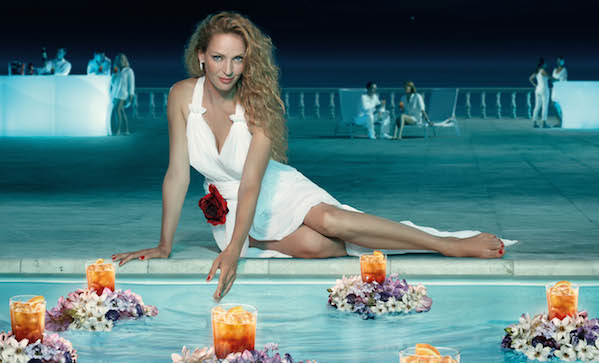Thinking about improving your cocktail game? You won’t get very far without a selection of liqueurs, especially those that feature that most underrated of flavours: bitter.
Amaro Lucano
What does Amaro Lucano have that all other amaros lack? Royal patronage. Back in 1900, a scant six years after first being created, Amaro Lucano became the official supplier of amaro to the House of Savoy, thus ensuring their fame across Italy. The thirty ingredients include angelica, wormwood, aloe, cardo santo, clary sage, sweet orange, gentian, elder, and rue. As you might imagine, this gives Amaro Luano a bittersweet taste with caramel and nutty notes. It makes a fine cocktail base, or you could just sip it neat as a digestif.
Place of Origin: Pisticci, Italy.
Alcohol by Volume: 28%.
Essential Cocktail: the Espresso Lucano.
Campari
The essential bitter aperitif, no bar is complete without Campari. This bright red bitter can be found in hundreds of cocktails, typically because bartenders rely on it to bring balance to otherwise sweet concoctions. Chinotto, a type of bitter Italian orange, is its most prominent flavour. Campari also happens to be known for high-concept advertising campaigns, which are always a treat for the eyes.
Place of Origin: Milan, Italy.
Alcohol by Volume: 25%
Essential Cocktail: the Negroni.
Aperol
What exactly is in Aperol? No one outside the company is exactly sure, but we’ve been told that this Italian aperitif that dates to the end of the First World War contains more than thirty ingredients. Bitter and sweet oranges are certainly amongst them. We’d also hazard to guess rhubarb, cinchona, and gentian. Compared to Campari, whose parent company bought Aperol decades back, Aperol is less bitter and has half the alcohol content, lending itself well to summer cocktails.
Place of Origin: Padua, Italy.
Alcohol by Volume: 11%.
Essential Cocktail: the Aperol Spritz.


